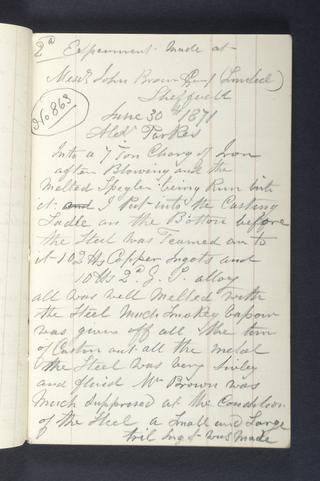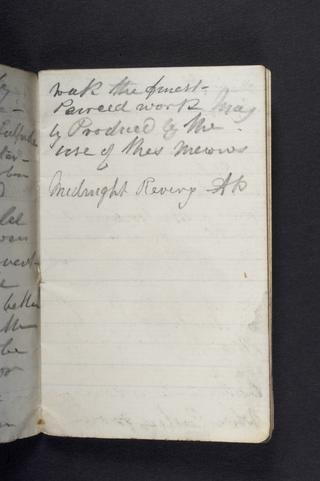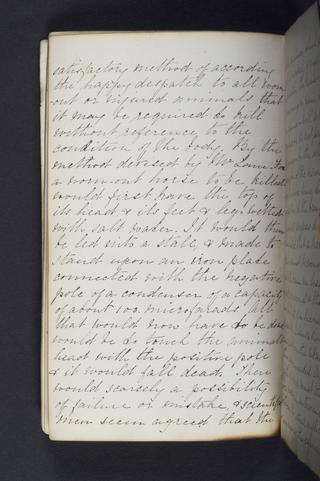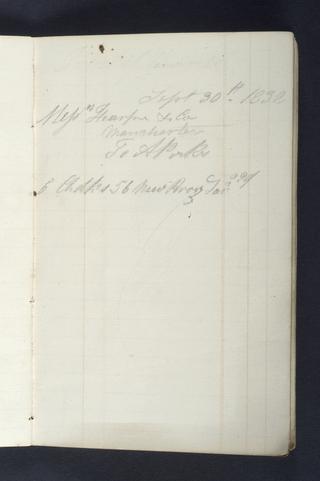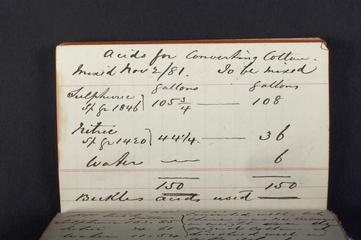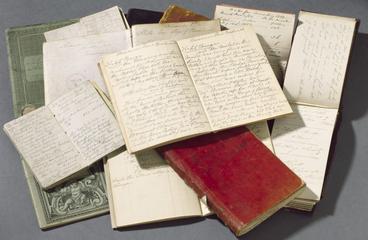
Parkes, Alexander 1813 - 1890
- Nationality:
- English; British
(1813-1890), chemist, metallurgist and inventor
Alexander Parkes, born on the 29th December 1813 in Birmingham, was the inventor of what is now recognised as the first fully synthetic plastic. His new material, which he called Parkesine, was first shown at the 1862 International Exhibition, held at South Kensington, London.
Parkes was apprenticed to Messenger & Sons, brass-founders, Birmingham, and subsequently went to work for Elkington & Co. In 1841, he secured his first patent (No. 8905) for the electrodeposition of works of art. He described himself in his earlier patents as an artist, but subsequently as chemist. From 1850 to 1853 Parkes was at Pembrey, south Wales, superintending the erection of copper smelting works for Elkington and Mason, and to this period belongs his method of using zinc for the desilverization of lead, which was first patented in 1850. It was perhaps one of the most important of his inventions.
Parkes was an exceedingly prolific inventor, filing sixty-six patents over a period of forty-six years. They relate mostly to metallurgy. He was one of the earliest to suggest the introduction of small quantities of phosphorus into metallic alloys for the purpose of giving them additional strength.
In 1858 Parkes began to turn his attention to the manufacture of seamless metal tubes and cylinders for calico printing. He took out several patents but his tube drawing process was superseded by that of Reinhard Mannesmann in 1885. In the 1860s the burgeoning electrical industry was looking for a better insulator than natural products such as gutta-percha and Parkes believed that cellulose nitrate—explored by C. F. Schönbein in the 1840s as a high explosive—would fulfil this need if its high inflammability could be overcome. This he eventually achieved by plasticizing it with camphor.
Parkes left Birmingham about 1881, and went to live in south London. He died at 2 Penrhyn Villas, 61 Rosendale Road, West Dulwich, on 29 June 1890.

